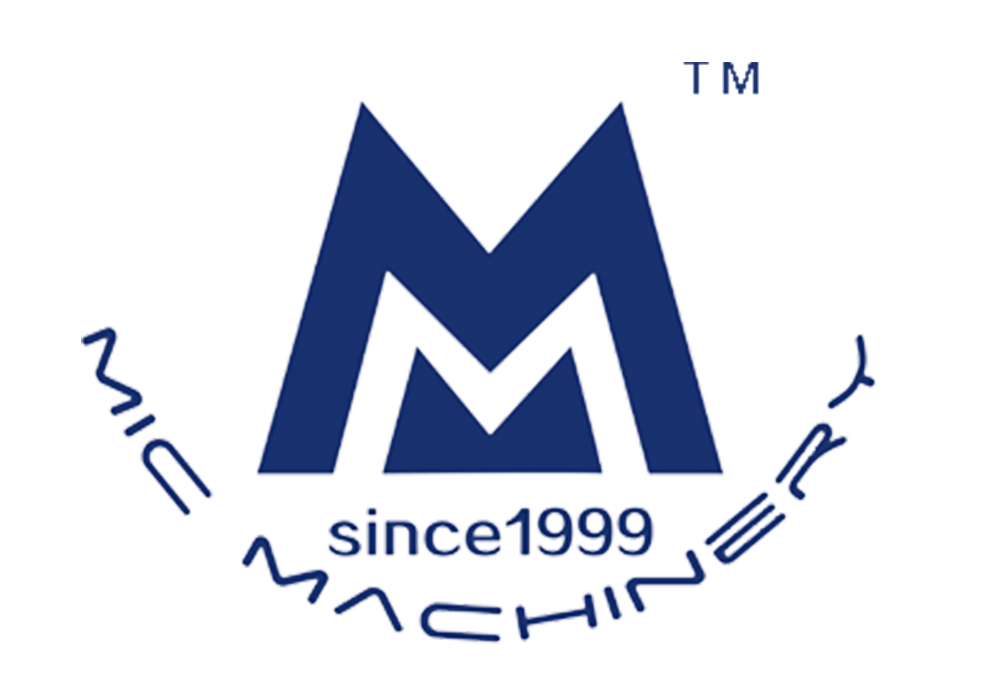
Understanding Different Types of Tea

These different teas require varying degrees of care in storage and packaging. That’s where a reliable tea filling machine comes into play. Whether the goal is to package loose leaves or pre-filled sachets, automation ensures the right weight, preserves freshness, and speeds up production.
The Origins of the Tea Bag

Initially made of silk or gauze, modern tea bags are now crafted from food-grade filter paper or biodegradable mesh. With the rise of environmental awareness, many brands now opt for sustainable packaging solutions. The tea filling machine has also evolved, now capable of producing pyramid-shaped, double-chamber, or single-serve tea bags with high speed and accuracy. This innovation has contributed greatly to the popularity of convenient tea options in global markets.
Advantages of Modern Tea Packaging
Some of the core advantages of using automated tea filling machines include:
☑ Precision: Ensures exact filling weight for each unit.
☑ Speed: Boosts productivity without compromising quality.
☑ Hygiene: Reduces human contact to maintain food safety standards.
☑ Customization: Offers flexibility in packaging styles—from zip-lock pouches to sachets and tins.
As global demand for specialty teas grows, consistent and safe packaging becomes a business priority. Whether you’re a small startup or a large factory, a tea filling machine can scale with your needs.
New Trends in Tea Packaging

· Minimalist design: Sleek, clean graphics that emphasize natural and organic ingredients.
· Eco-conscious materials: Compostable pouches, biodegradable sachets, and recyclable containers.
· Smart packaging: QR codes and NFC tags that share brewing guides or sourcing info.
· Single-serve innovation: Easy-to-use pods, sticks, or capsules for tea on-the-go.
· Luxury finishes: Gold foil stamping, embossed logos, or reusable containers for gift appeal.
These trends are not only driven by aesthetics but also by practicality and sustainability. Advanced tea filling machines play a pivotal role in bringing these concepts to life by handling complex packaging materials and unique container designs.
How to Preserve Tea’s Freshness and Aroma

The answer lies in both the material and the method of packaging. Using multilayered foil bags, vacuum sealing, and nitrogen flushing can significantly extend shelf life. These features are often integrated into tea filling machines, which handle the entire process automatically. In addition, sealing the package immediately after filling minimizes exposure to air and contaminants.
For consumers, storing tea in an airtight container in a cool, dry place remains the best practice. But before it reaches the shelf, the machine does the heavy lifting—ensuring each bag or container is packed under optimal conditions.
Automation Meets Artisanal Quality

Smaller tea producers can use semi-automatic machines for better control, while larger businesses can rely on fully automated systems to meet high-volume demands. Machines can be calibrated to gently handle fragile leaves or coarse blends without crushing or compacting them. This careful handling maintains the tea’s appearance and aroma, giving consumers the premium experience they expect.
Moreover, these machines can be customized to fit brand aesthetics—whether it’s packing in decorative tins, glass vials, or biodegradable pouches—enhancing the overall customer experience while maintaining high efficiency and consistency.
The Future of Tea Packaging Technology
The journey from farm to cup involves many steps, and packaging is the final, critical touchpoint. Whether you’re a boutique tea blender or a major supplier, investing in modern tea filling technology ensures your product stands out on the shelf and delights in the cup. As trends shift toward personalization, convenience, and sustainability, choosing the right tea filling machine can turn your vision into reality—one perfectly packed cup at a time.
